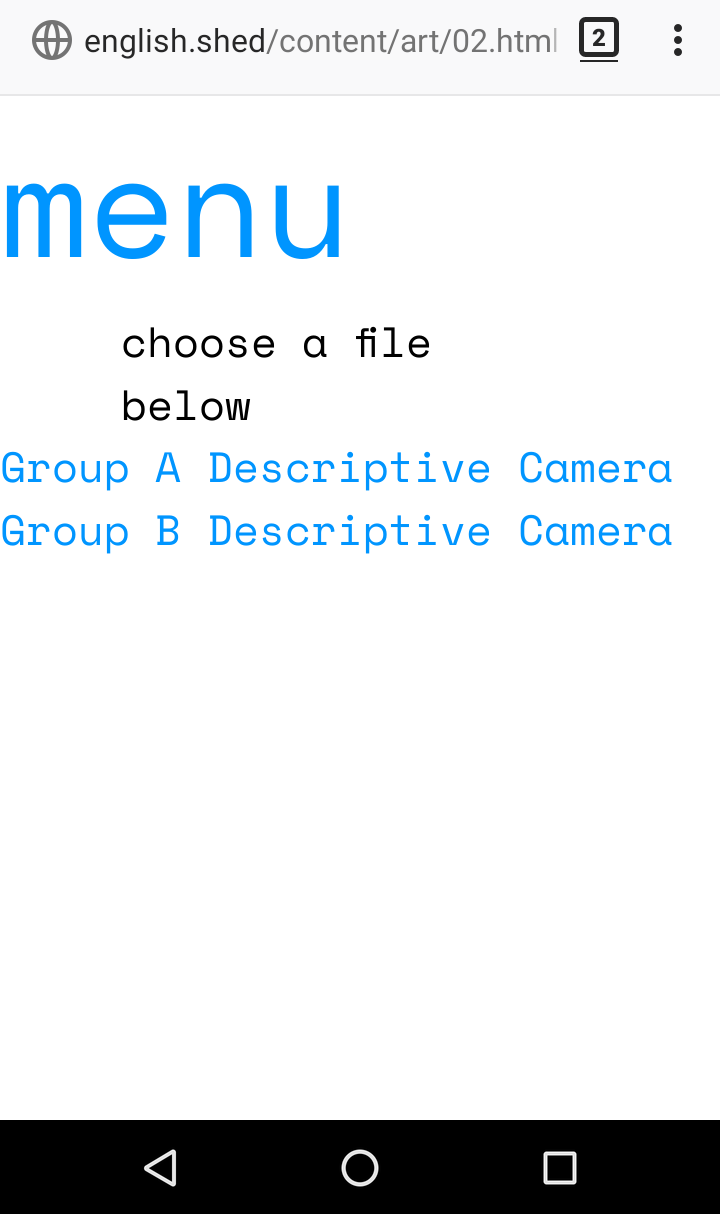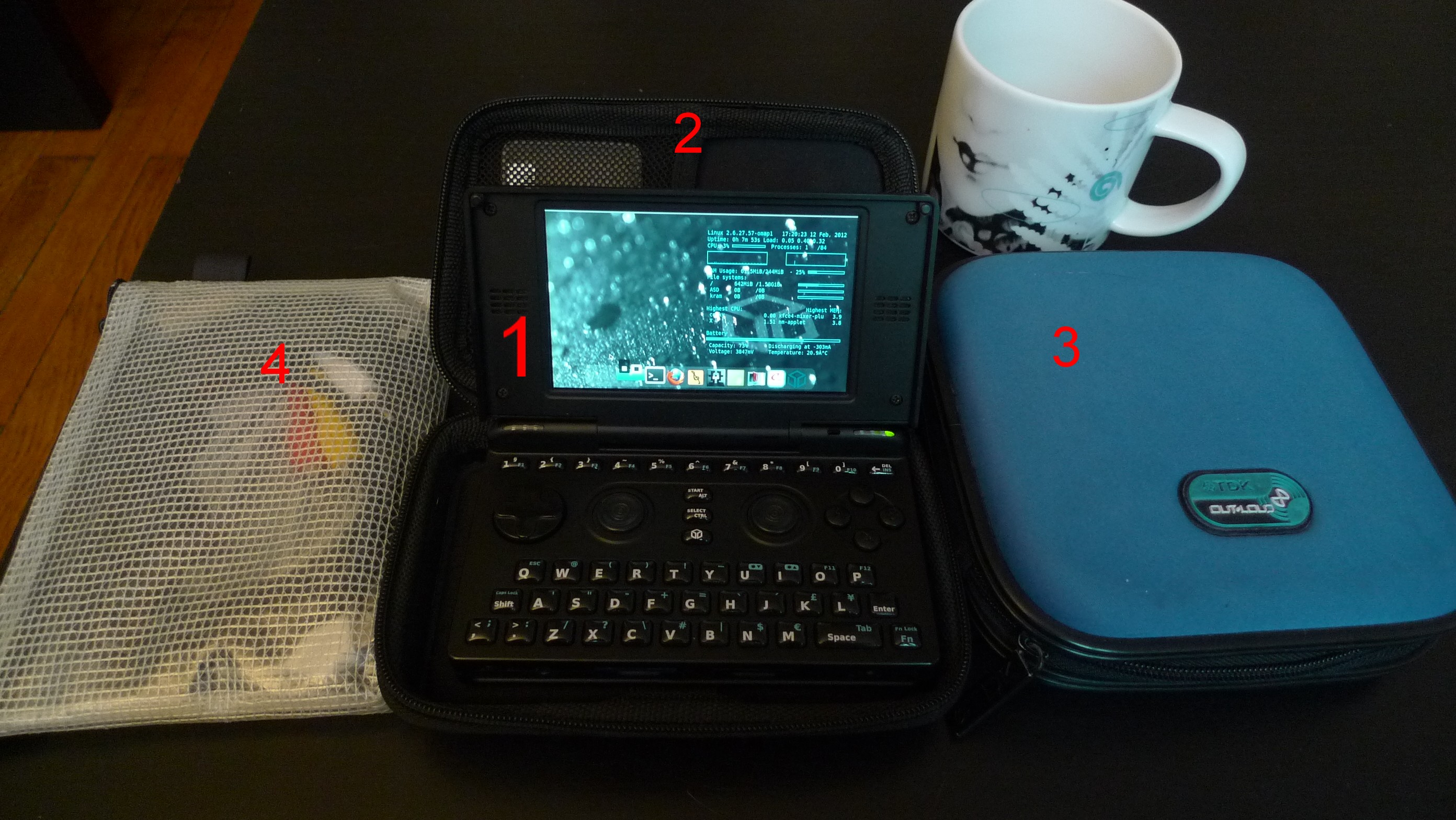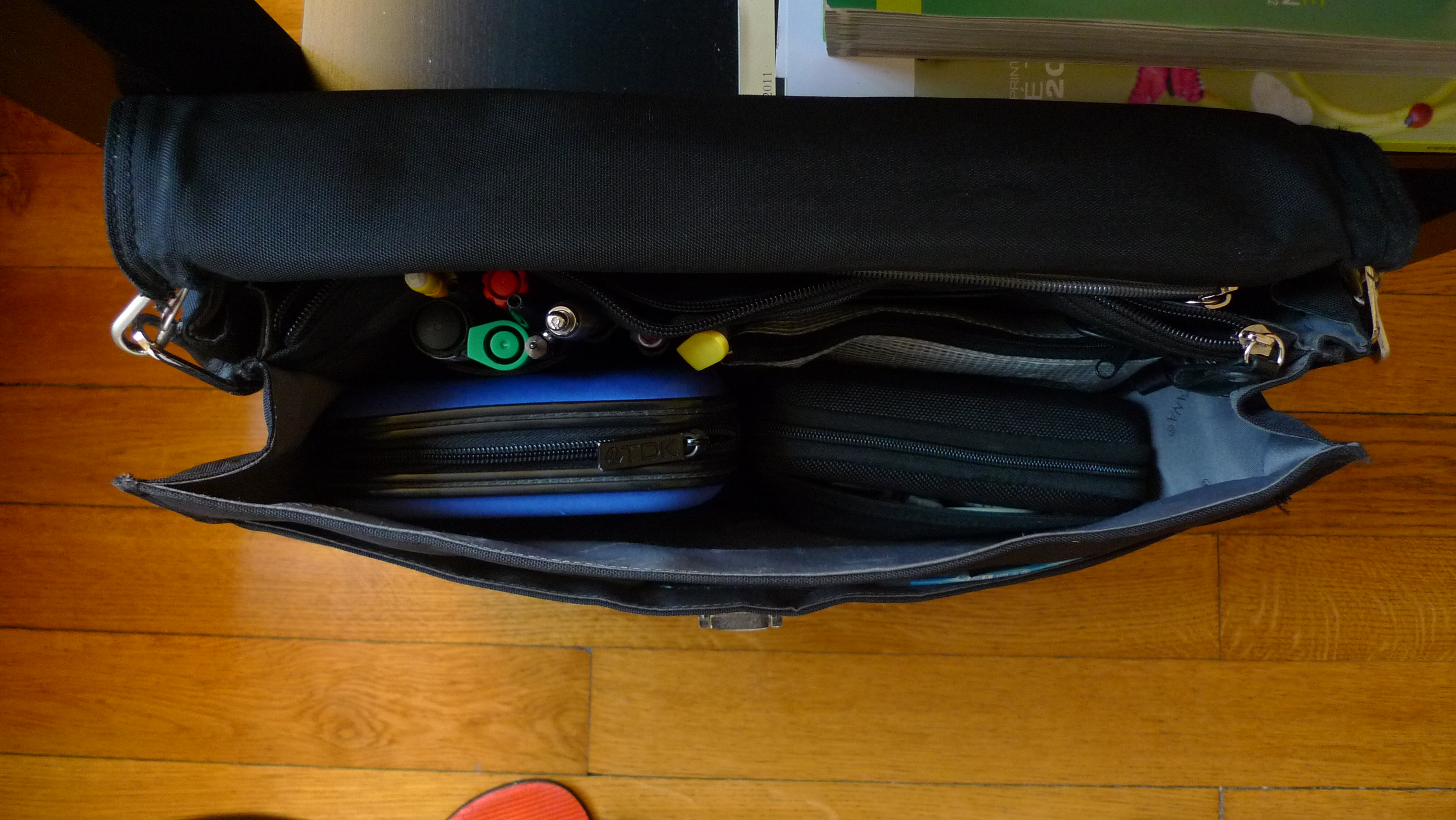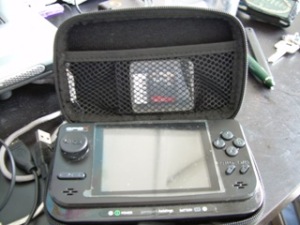The main developer of PirateBox (Matthias Strubel) announced the shutting down of the PirateBox forums recently. Fortunately PirateBox is still being developed for the wrong router. This is great news. I believe the wrong router uses a GL.iNet Mango GL-MT300N-V2 which connects at 300Mbs (3 times as fast as the TP-Link MR3020 router) and so means video sharing is very fast now.
Note: please do order a wrong router (and support development of PirateBox) if you are not comfortable with digging into router specifics.
One of the advantages of the wrong router mod of PirateBox is the use of html pages to serve files. Even though this was possible with the original PirateBox several other steps had to be taken to disable features that were not needed (e.g. I rarely used the upload or chat facility). And with html5 one can now share videos with subtitles (in .vtt form), something that is very useful when sharing videos in a language learning class.
In order to get the wrong router version working one needs to flash a PirateBox image first so that the auto-install function can work (for the Mango router the image to use is found here http://development.piratebox.de/target_thewrong_ramips-mt76x8/). Use the router’s original web UI to install the firmware image (on a slow USB stick this could take up to 45mins). Once done you can then follow the wrong router instructions to install the full wrong router modification of PirateBox.
Below are some screen shots of connecting to the router using my phone. Note the screen shot showing a video playing with subtitles. Nice!




Thanks for reading and here’s to 2020.
Related PirateBox posts:
The browser rulez or another reason why PirateBox is boss
Piratebox, a way to share files in class
TESOL France 2014 – thoughts, poster, handout and links
Related links – PirateBox development images






